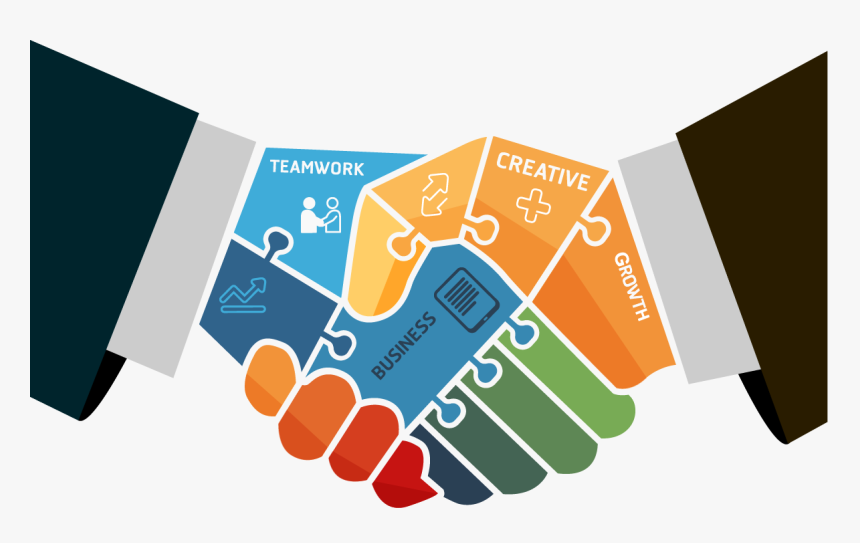
This article was originally posted at Eglobalis
Customer journey mapping is one of the tools and ‘’pillars’’ any organization utilizes to truly understand customer and employee journeys. This can and should also be used for designing the target governance and operation model that will help transform your company from within. The effect is to remove as much complexity as possible, while building a more adaptive and agile model for all aspects of your organization, from culture and capabilities to how the company manages employee and customer experience (EX and CX).
I recently read a thought-provoking article from BCG that said there is often a great discrepancy between a company’s self-perceptions vs. the perception of the company’s customers or employees. Today I will talk about the power of perception and how journey mapping can help your company close your own gaps and discern the actual situation.
We all aim to put customers and employees at the focus of our business, often by designing our organizations to be customer- and employee-centric. Many times, this is just a nice slogan backed up with few actions. The same can be said about the ability to enact changes to generate better human experiences and perceptions. At Samsung, they have a CX product perception program that enables a faster “time-to-market” process for product launches, because all the preparation work has been handled by the experience enablers.
Many managers and thought leaders preach that CX and EX are a big part of the solution. While this is true, nothing a company does will create sustainable loyalty without products and services that actually solve customer problems and minimize perception gaps – for both B2B and B2C organizations.
As Lior Arussy said in an interview on our podcast, quality is already a given these days. We assume that whatever we buy will possess a certain level of quality in its ability to solve our business issues without any negative surprises. But many companies – including top brands – are still not delivering this consistently. When we encounter failures, our focus turns to the company’s ability to solve our problems – the key quality that supposedly led us to their solutions and not their competitor’s. At this critical point, it doesn’t matter whether we interact with our supplier via their cloud solution technology or a simple human interaction; their credibility and our trust in them are broken. Our experience and the supplier’s ability to solve our issues efficiently are the only things that will define our perception. In any sector. No matter what product or service you design, your company relies on your ability to generate Adoption.
Your Company Runs on Adoption! – @RicardoSGulko
Actions and Values
Actions and values delivered are a great measure once you understand the problems behind journey mapping. The following are levels where friction points can be encountered:
- Static interactions – Often, designers create static mock-ups and try to explain concepts using plain words, such as when you are interacting with your car from outside of it or when faced with a simple button on your mobile phone. Both “stand still” until you do something: open the car door, press the button, etc. There is not always clarity as to what the user is being directed to do.
- Digital interactions – This relates to your interaction with a software, which starts with a static feature that causes a reaction that can often impact another outcome. As an example, think about your ERP, BI, or CRM systems, particularly when you make a change in the parameters on your analytics dashboard.
- Human interactions – These are connected with sentiment and emotions and include interactions such as those in the discovery phase, negotiations, business development, the delivery process, change initiatives, professional services, support, etc.
- Responsive interactions – These include our interactions with Siri or Alexa, or even our car’s digital panel, which are like conversations that achieve results for different purposes. These are highly thought out by designers or engineers and involve instruction, conversation, and manipulation to generate an outcome.

Companies and CX leaders tend to talk about this subject within the many verticals of their organizations, without doing the hard work. CX and EX start in the C-suite but are delivered and executed elsewhere. To design and generate a great experience and the right perceptions, it’s important to understand these different interaction levels.
Touch and Feel
The Touch and Feel category of perception can be applied to any experience or interaction – from a very complex digital interaction to a simple one. It can even relate to our understanding of a vase filled with roses. We expect that a specific product will also deliver an experience, setting up a ‘’mental model sensor’’ for our perception. The element(s) that generate a good-to-great experience with a product will oftentimes be our perceptions about the moment of our initial interaction with the product, its performance, its ability to close the gap between our problem and a solution, and its simplicity during its life cycle with us (ease of adoption).
At Samsung, this is currently a key focus when they are designing their solutions. Is this (or any other) product using a self-explanatory approach to its design, or does the customer need a book to adopt or properly use it? My experience as I interact with the product is how I will perceive its value in the long term. The challenge is to simplify interactions by focusing on human adoption.
When I recently interviewed Shep Hyken for the CX Human Lab vlog/podcast, he talked about his experience opening his iPhone as a moment of magic, as it was for many customers. However, if the experience opening the product packaging is great but the phone’s features are not so easy to adopt and understand, would customers still feel the same way about the product? What about after a few years of use? Ultimately, this means that experience perceptions can only be deeply analysed after something has been experienced for a certain amount of time. The initial positive instance may not be sustainable when the product is tested consistently over a length of time. This holds true for any service or product.
Some Non-Technology Examples
Let’s address services for a moment and take as an example the global freight forwarding container industry. The perceived value likely stems from the company’s services collecting products and containers from one location and delivering them to another location safely, securely, and on time, as scheduled. The customer journey here would involve interactions during the loading process, the delivery, and the unloading process. There could even potentially be interactions as the products or containers are in transit.
In the B2B technology space, between the initial inquiry, pre-sale process interaction, and delivery, there are often several to hundreds of interactions that need to be part of your mapping, along with your own company and individual responses to and sentiments about these interactions. In one of my previous articles, I discussed the key topic of listening to criticism and doing something with it to prevent churn, ensure retention, and generate satisfaction, with the ultimate goal of getting customers to adopt our offerings.
Companies must be pro-active to prevent problems, instead of simply reacting after a problem has already occurred. Mapping a customer or employee journey can give you clarity about your present status, a better understanding of current troubles and how to solve them, and a vision of where you can be, later on. You can also apply this to your company’s operational model, to understand how you want to transform and improve it for your stakeholders, employees, partners, and customers.
One example to look at is Volkswagen (VW), which claimed to have customers as the central focus of their business until they ran afoul with the never-ending diesel fraud case. The scandal hurt the company’s formerly great credibility around the world, especially in Europe, even though it didn’t really impact their ability to generate revenue. Nevertheless, it had high costs for VW’s credibility. It affected the way people now engage with VW – at their dealerships and digitally – creating a series of unpleasant questions from buyers along the journey to acquire new VW models. Essentially, VW added these unnecessary frictions to their customer journey.
No company, in any sector, needs to add frictions to their customer journey. The journey needs to deliver a clear, intuitive, and transparent process that is as simple as possible. Remember: every experience is still really about the human experience.
Journeys Are All about Clarity, Direction, and Value
Much has been written about mapping and transforming customer journeys. Journeys are already a relatively old and well-known tool or ‘’methodology’’ for those of us who utilize agile design thinking and who are experience designers – creatively delivering better human experiences and enhancing business operation models and outcomes. Customer advocacy can be improved by 20-to-40% and costs reduced by up to 25% based on how humans perceive their experience with your organization, according to a recent report by BCG. Partly illustrated in the graph below.

Now I have two questions for you. How can we build a new and better organization model that supports an agile and continuous transformative customer-centric culture, while also ensuring that our organizations focus on four consistent aims: customer data and analytics usage, adoption generation, customer satisfaction, and (ultimately) adoption and growth? How can your company include adoption of your offerings as a company target and measurement to ensure growth, and as a key target measurement to create ARR growth?
I hope this post has generated some good ideas for you and your organization. Stay safe! 🙏😷😷😷🏤 and a Happy and Prosperous New Year!



